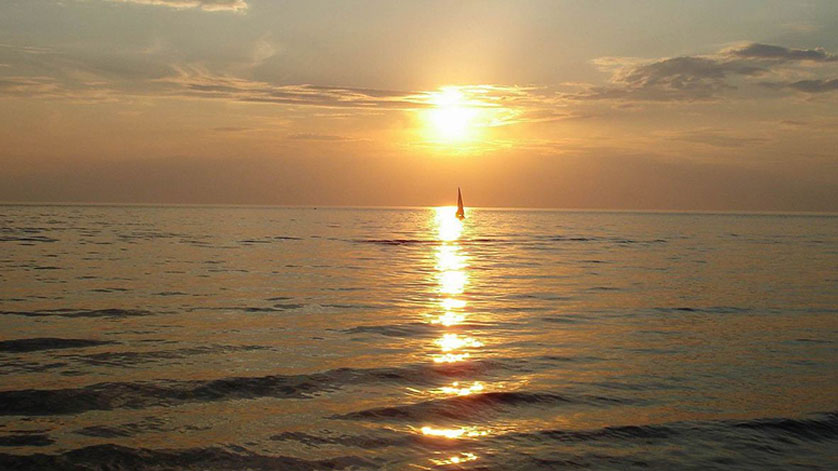President Trump Declares June 2018 as National Ocean Month

President Donald J. Trump’s Proclamation declaring June 2018 as National Ocean Month underscores the reasons for Interior’s robust role in conserving and developing ocean resources, U.S. Secretary of the Interior Ryan Zinke noted at the beginning of month-long observances.
In addition to National Ocean Month in the United States, June 8 is World Oceans Day and Capitol Hill Ocean Week is June 5-7 in Washington, D.C.
“President Trump emphasized in his Proclamation that ‘By exploring, developing, and conserving the ocean resources of our great nation, we will augment our economic competitiveness, enhance our national security, and ensure American prosperity,’” said Secretary Zinke. “The Department of the Interior has a robust role in all parts of that mission—exploration and development as well as our world-renowned conservation programs. These programs should be front and center in our minds when the President’s Proclamation calls upon all Americans to ‘reflect on the value and importance of oceans not only to our security and economy, but also as a source of recreation, enjoyment, and relaxation.’”
From Everglades National Park in Florida to Cape Cod National Seashore in Massachusetts, Golden Gate National Recreation Area in San Francisco and Midway Atoll National Wildlife Refuge in the Pacific, Interior and its bureaus manage, protect and provide access to:
- More than 35,000 miles of coastline.
- 34 million acres in 89 marine and coastal and Great Lakes park units managed by the National Park Service. Ocean and coastal parks attract more than 88 million visitors a year and boost local economies.
- 180 marine and coastal national wildlife refuges managed by the U.S. Fish and Wildlife Service that protect important habitat and provide recreation.
- 1,100 miles of coastline of the California Coastal National Monument managed by the Bureau of Land Management.
- More than 473,000,000 square miles in Pacific parks, monuments and national wildlife refuges managed through interagency partnerships and agreements.
- Management of exploration and development by the nation’s offshore conventional and renewable energy industry on 2.3 billion underwater acres of the Outer Continental Shelf by the Bureau of Ocean Energy Management, while the Bureau of Safety and Environmental Enforcement is charged with improving safety and ensuring environmental protection related to the industry.
- Support from the Bureau of Indian Affairs to tribes and Alaska Natives for activities and programs that help them manage their coastal and cultural resources.
- Support for oceans and coral reef protection through Interior’s Ocean, Great Lakes and Coastal Activities Program and through Interior’s Office of Insular Affairs (OIA) for the U.S. territories and independent freely associated states.
- Science and technology underlying all of Interior’s ocean and coastal activities — including science about related water, energy, minerals, ecosystems, coastal resilience and other natural resources issues — comes from the U.S. Geological Survey. USGS also provides science about and assistance with response to hurricanes, volcanoes and other natural hazards that threaten coastal areas.

